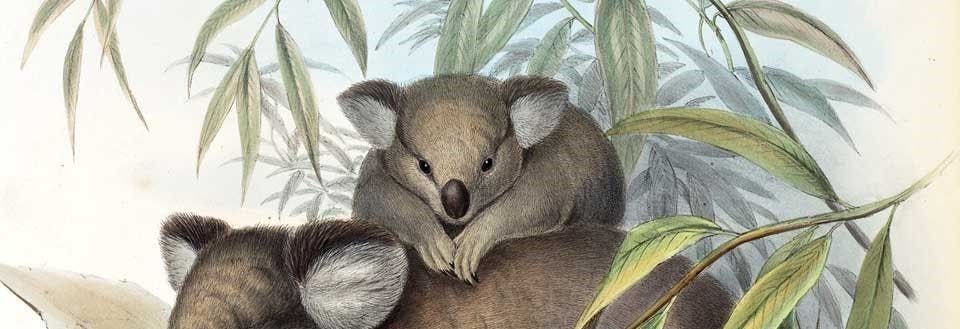Darwin and the Grandeur of Life:
An Introduction
Charles Darwin was born on February 12, 1809. When he was fifty years old, in 1859, he published On the Origin of Species, a book destined to radically change our view of the living world. In 2009, we celebrated both the bicentennial of Darwin’s birth and the 150th anniversary of the publication of his great work.
Darwin began his scientific career as a naturalist, as someone who collected plant and animal specimens, studied and recorded the details of their structures, and attempted to identify and classify them. He thus worked within a framework that was known as natural history. Natural history had a venerable pedigree, with its roots in Aristotle, but it especially flourished and matured in the four centuries before the Origin of Species. Darwin was the direct heir of naturalists like Konrad Gesner, who published the first illustrated encyclopedia of zoology (1551-58), Carl Linnaeus, who successfully sorted out the plant and animal kingdoms with his influential taxonomic System of Nature (1735), Joseph Banks, who sought new species in the south seas on the first voyage of Captain Cook (1768-71), and Jean Lamarck, who made the study of invertebrates a respectable branch of zoology (1801).
We choose to honor Darwin, therefore, by showcasing the tradition out of which he himself evolved. Fortunately, for exhibition purposes, the works we have chosen to display are not only important intellectually, but are also some of the most beautiful books ever published. “There is grandeur in this view of life,” Darwin remarked in the last sentence of the Origin of Species. We hope our exhibition captures some of the grandeur of life, and of Darwin’s great achievement.

